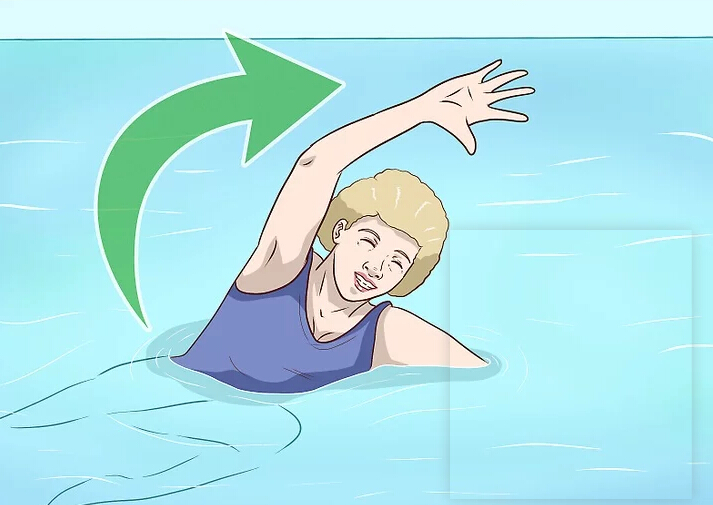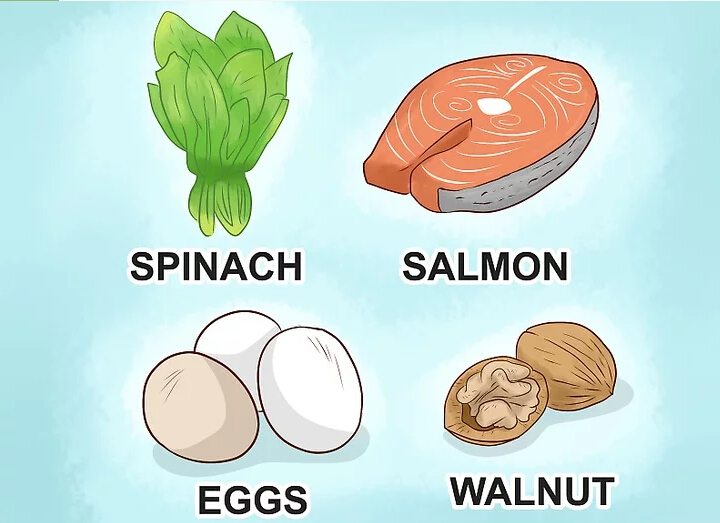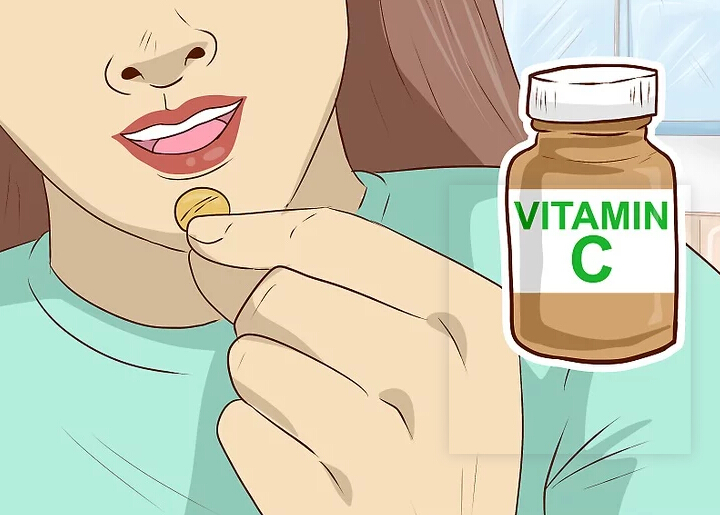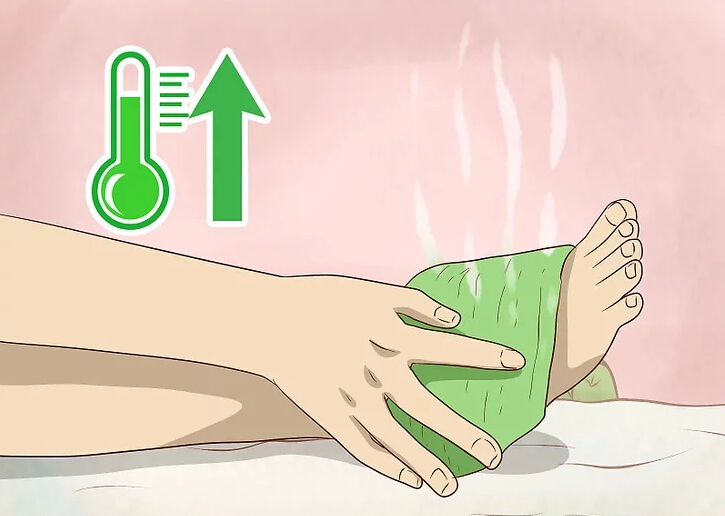The Top Six Things That You Can Do for Arthritis
The Top Five Things That You Can Do for Arthritis
1. Get a Proper Diagnosis
Many causes of joint pain are not related to arthritis. These include fractures, nerve damage (sciatica from back problems), a torn meniscus (knee) bursitis, synovitis, tendonitis, myositis, and even cancer. Always get a proper diagnosis first.
2. Start an Exercise Program
Moderate exercise is an integral part of treating arthritis. Although exercise may sometimes cause discomfort, proper exercise will help nourish the cartilage, strengthen the muscles, and may prolong the life of your joints. Check with your doctor before starting any exercise program to obtain permission, precautions, or guidelines.
3. Modify Your Activities
Proper body mechanics can lead to more effective use of your body and less strain on your joints.
Following these activity modification guidelines may prove helpful:
• Avoid slouching and practice good posture by standing up straight.
• Avoid sitting in low chairs to reduce stress on your knees when sitting and rising.
• While traveling, get up and move around every hour or so to avoid stiff joints.
• Avoid impact-loading activities (running, etc.).
4. Nutritional Supplements
Recently, nutritional supplements have become popular with patients with arthritis. Glucosamine and Chondroitin have been the most widely used.
Glucosamine – This natural building block found in cartilage may also be labeled as a hydrochloride or sulfate. Studies have shown Glucosamine to be useful in strengthening, repairing, and revitalizing cartilage, and in reducing pain.
Chondroitin Sulfate – This supplement is commonly taken along with glucosamine. It is found in cartilage and acts as a sponge for the fluid found in cartilage. This makes the cartilage more elastic and spongy. Chondroitin may also help prevent the breakdown of cartilage.
Vitamin C and D – Some studies indicate that patients low in Vitamin D and C may have a higher incidence of arthritis. Although a direct cause and effect are not established, it is recommended that arthritis patients take vitamins regularly.
Calcium – Some people confuse osteoporosis with osteoarthritis. Osteoporosis is thinning of the bone, not the joint. Calcium is known to help strengthen the bones and may help prevent the onset of osteoporosis.
5. Apply Heat/Cold
Heat and/or cold may be used to decrease pain and increase flexibility. Cold decreases blood flow and helps relieve joint pain and swelling. Heat increases blood flow and helps relax muscles.
6. Consider Injections
Hyaluronate Injections – sodium hyaluronate injections have been approved for arthritis of the knee. The injections may help relieve osteoarthritis pain and restore joint function. Hyaluronate is a naturally occurring substance in the joint fluid that provides lubrication and cushioning to the joint. Several synthetic forms of hyaluronate have been developed for use in the knee joint. To be effective, you must receive three to five injections weekly. The effectiveness is usually not noticed for a month or so. Studies have shown that the more severe arthritis, the less effective the injections. When effective, however, the relief may last six months.





Havve you ever cosidered crreating an e-book oor guest authoding on othuer sites?
I have a blog based on tthe sane iformation you discuss andd would love
too have yyou share some stories/information. I know myy audience would enjoy yor
work. If yoou aree even remotely interested, feel free to
shot mme an email.